Wearables – the New Advertising Battle Field
Mục Lục
What is Wearabale? Wearable’s rough translation is “what can be worn, carried on the body”. But in the age of technology, it is more commonly known as a word used to refer to all accessories that incorporate computer processors, electronic technology and other useful features with which people can wear on their body. Products like smartwatch and Google Glass are among the hottest wearables today.
Oh and of course, do not forget the power estimating glass from Dragon Balls. Source: Dragon Balls
Smart watches and wristwatches
First thing to be mentioned is smarwatch, the hottest product in the recent times. We started to hear about the smartwatch from last year, and from that time on, big names like Samsung, Google, Apple, Sony, LG, Toshiba, etc. have all stepped into this field. Samsung is launching the Samsung Galaxy Gear as an accessory supporting phones and tablets such as Note 3 and Tab 10.1 from 2013, followed by the launch of the Gear 2 in April 2014 and the lattest one was the Samsung Gear S.
Motorola also quickly entered the game when launching smartwatch Moto 360 in early September this year. At the same time LG did not stand outside when launching the LG G Watch and is on its way to prepare for the upcoming second release of the G Watch R. Sony also offers the Sony SW2 supporting all Android devices.
And that is not to mention the strongest opponent from Apple: Apple Watch (or iWatch), which was officially introduced in the last event with the iPhone 6 and 6 Plus.
In this bloody battle of the big names, the market also see no absence of small but aggressive players like Pebble with the highly appreciated products.
The battle of the smart watches has just begun. Source: apple
Never, since the smartphone fever starting in 2008, have we seen the mobile device market lively again like this. Manufacturers are eagerly anticipating that they will have a lot of things to sell to consumers. They are still in attempt to test and get feedback from users to see what customers want in a tiny smart watch. But honestly, even users do not know what they would want with the watch anymore. It is a new, primitive and chaotic market but that is what makes it really interesting.
It may be too early to say that these smartwatches can become something as big and powerful as what smartphones are. However, look at the current features of a smartwatch such as heart rate monitoring, fingerprint recognition, voice recognition, health status monitoring (heart rate, movement level, calorie intake two-factor security, NFC transactions, etc., we can see that the smartwatch also has its own characteristics and serves very specific needs.
All information about the world and your whole body is now on your wrist. Source: time
The development of intelligent smartwatches is expected to make the market of health watch wears such as Fitbit and Nike Fuelband more volatile as your watch is now also capable of undertaking this health monitoring. But anyway, a future where we can keep track of all the stats and information about our body and always online is not far off.
Google Glass and head-mounted devices.
Besides the smartwatch which is causing fever, there is a wave of other wearables also gaining a lot of attention, led by Google Glass. Google’s glass is similar to a smartwatch, designed to meet the needs of people who want to access information anytime, regardless of what they are doing. Google Glass, in addition to features such as video recording, shooting, listening to music, also incorporates additional fitness functions that help users monitor their fitness progress and improve their health, provide ma or any information the user needs to search.
Like smartwatch, can “smart glass” become a trend of the future? Source: Apple
Google Glass is, of course, a product of great interest to many, but it is not the only wearable that a user can choose. For different needs, there are different products that cater to the user. another wearable product is the Oculus Rift, the leading Virtual Reality (VR) device of the company which was recently acquired by Facebook for $ 2 billion USD. Imagine being able to play games or watch movies with immediate experiences and be part of it, is that what we all dreamed of when we were young?
Virtual reality is the future of entertainment from movies to games. Source: Oculus
This is an extremely potential market associated with entertainment services like movies, video games and much more. That’s why the big names like Samsung (Samsung VR Gear) and Sony (Morpheus) have started attacking this field.
In addition to the types of products mentioned above, the wearables market is still having a lot of other products that are very exciting and are growing very fast. However, within the scope of this article we will only mention the above products because they are the most potential products (advertising) at the moment.
Advertising on wearable equipments
Currently the wearables market is still relatively new and the advertising formats on these products are almost nonexistent. But it will be interesting to think about how to advertise on these devices, and if the wearables really become an advertising channel, then do you, as a marketer, have enough knowledge and be ready to join the game?
Before going any further, you should understand three issues related to these products:
- Wearables are extensions: These devices can not replace your phone or computer, they are just an extension, an accessory to help users connect better, find information more easily.
- All are connected: connecting is the future trend for all wearables. We have more and more electronic products to carry around, from laptops, tablets to mobile phones, and now we can add smartwatch, Google Glass and more. Therefore, that these devices can connect to each other, sync together will help users focus more, do whatever they are doing from one device to another without interruption.
- Ability to collect personal information that is never before available: these products can collect a lot of information that has never before been available. As smartwatch can record your health stats, your movement stats, while Google Glass can record what you are watching, following.
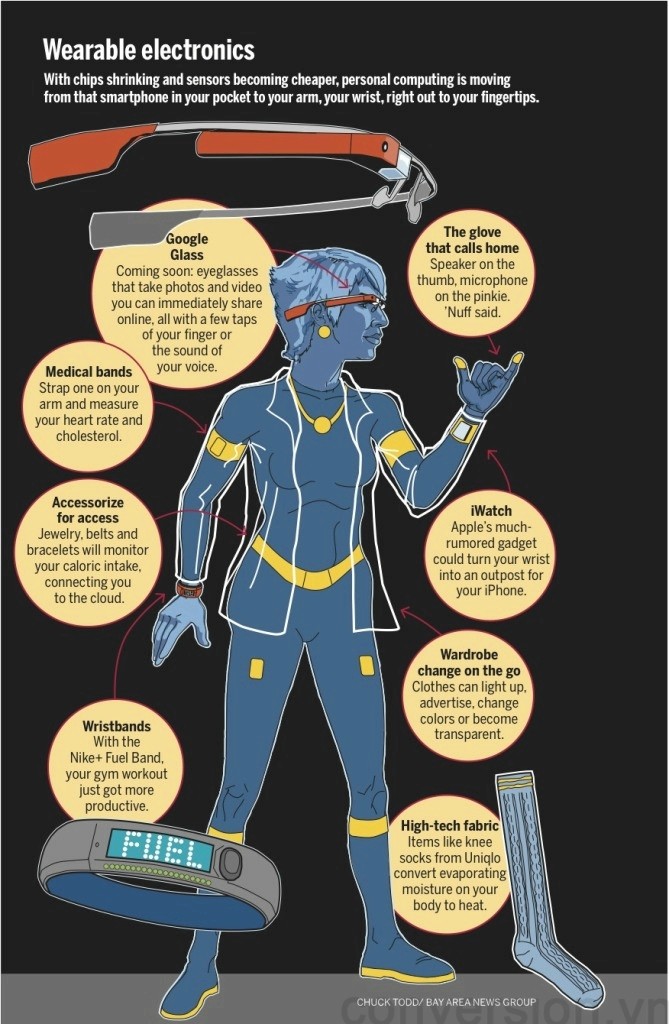
You are wearing more products on your body. Do you know you are increasingly providing more data to companies? Source: pinterest
Our next question is: can we advertise on Wearables? The answer is YES, but it will depend on the level of acceptance by the user. Why? As mentioned above, wearables are capable of gathering very specific user-related information, all of which will bring a lot of helpful data to the advertisers to push more relevant ads to the user.
Imagine in a near future, when you want to travel, you go to Google and search for the best travel destination this summer. The results show up and you click on an Adwords ad located at the top of a tourist information site. After reading the article, you decide to visit Nha Trang. Coincidentally there is an ad banner of a cheap airline (which also usually delays) on the same site so you instanly book the airplane ticket to Nha Trang.
Then it’s time you should work out, you wear the Google Glass version 3 and the Apple 4Z Watch then leave the house. Today you feel better than usual, probably because of the upcoming Nha Trang travel, so you run more than 5km every day, the smart watch it said. At this point, the smartwatch screen lights up, a voice message is sent to you. You glide on the watch to hear a voice message, a gentle female voice saying: “Hi, today you have been working hard, more than last month. ABC would like to send you a 30% discount on food for people who are trying to lose weight. Please go to the nearest ABC restaurant to receive the offer. “
You think, well, it’s nice, so you decide to come to the ABC restaurent for a meal. “Google, direction to the nearest ABC restaurant,” a map opens with your current location and directs to the nearest ABC restaurant on the Google Glass. Just a street away, “I can walk” you mumble. So you walk along the street, on the way, you pass by a fashion store. Remembering that you do not have a swimsuit to go to Nha Trang, you stand in front of the glass door and look at the pretty eye-catching swimsuit of the XYZ brand, the camera on the glass flickers. You are hesitant to buy then your Google Glass vibrates, there is a push message sent directly to you: “XYZ swimwear is currently having a 15% discount if you buy it with the cool beach hat of the same brand.” You do not have a beach hat then why not buying it now, so you go to the store and buy the XYZ swimsuit and beach hat and get a discount of 15%. Then proceed to the nearby ABC restaurant and enjoy your meal before returning home.
Arriving home, you turn on the TV to watch the Game of Thrones Season 8 on HBO. After a while it’s time for advertisements, now all the TV ads are about travelling and hotel services currently available in Nha Trang. Well, that hotel is also close to the sea, looks beautiful, so you press the touch button on the TV, call and book there. Wonderful, you think and can’t stop looking forward to the summer vacation in Nha Trang.
Above is a possible scenario on how these products collect your information and use that information to bring ads to you. A world where all devices can connect to each other and provide users with exactly what they are looking for at the exact time. It sounds appealing to advertisers, and the more interesting it is, the more likely they are going to happen. Advertising companies have begun to investigate and test how likely it is to advertise on smartwatch products when their screens are more limited than on phones or tablets (the maximum current size of a smartwatch screen is only from 1.3 to 2 inches). One of the ideas is that smartwatch’s advertising orientation will be through the applications on this device, same as in mobile phones.
For Google Glass, there is currently no move in allowing ads on this device, but there is information available about Google’s licensing of advertising in the form of pay per gaze, paid every time user looks. In addition, this information also includes the capability for a device to recognize a user’s psychic manifestation when they see the ad. That is, if you see an ad and you do not like it, you will probably never see that ad again. Of course, all is just conjecture, and this copyright does not mention Google Glass but just about headset devices in general. However, if Google Glass really becomes a popular product and Google can actually put those technologies into glasses then it will completely change the advertising industry.
What about virtual reality products such as Oculus Rift? It’s hard to imagine how virtual advertising will turn out, but the fact that Facebook, a company living wholly on advertising, buys Oculus Rift with a price of 2bil USD is almost certainly not for fun. Facebook must be having some intentions to integrate social network and virtual reality into a system, and certainly at some point in the development process, Facebook will find some ways to include ads. Let’s wait and see.
Incorporate ads into virtual reality. Why not?
With all the excitement for the future of the advertising industry, it will not be without obstacles and difficulties. The biggest obstacle at this point is probably the concern about user information security and privacy. You will also find it sometimes uncomfortable to let companies like Google, Facebook know everything about what you do, what you like and even what you are looking at at the moment. It may have been a bit late to worry about online privacy, but would people be willing sacrify the rest in exchange for some convenience?
And there is still some uncertainty at this point that no one knows whether smartwatch or Google Glass or VR can become a trend of the future or will just be a temporary fever which will be over and become a product that having it or not is not a big deal.
Conclusion
It’s too early to say anything because wearables are still a very new market and only in the early stages. However, there is no denying the potential of these products and it is no wonder that they will explode into the future. Even when the smartphone exploded in 2008, it was not until the next four years that advertising on this device really grew. Consequently wearables products still have time to develop and optimize before they can be ready to integrate with advertising.
This article is based on the author’s point of view about future advertising trends on wearables. If you have any thoughts, agree or disagree, then share under the comment section.


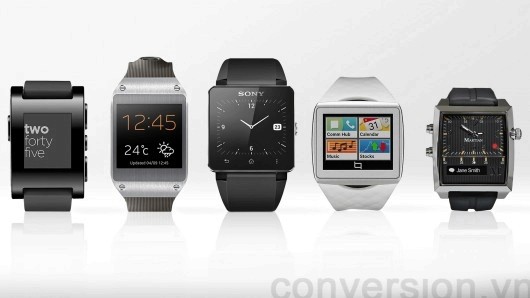
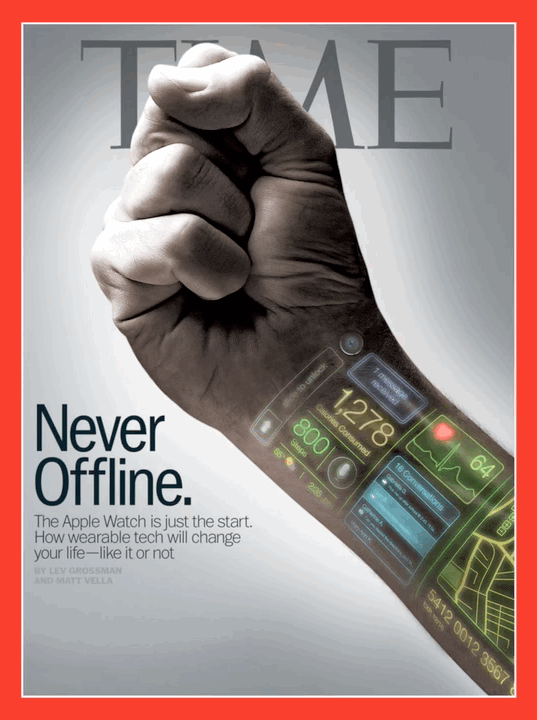
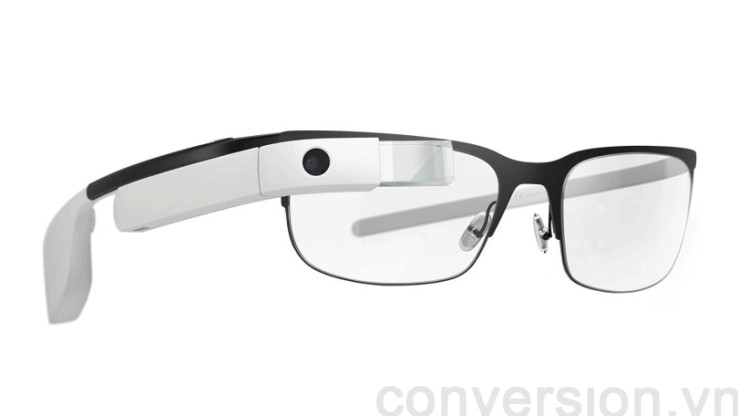



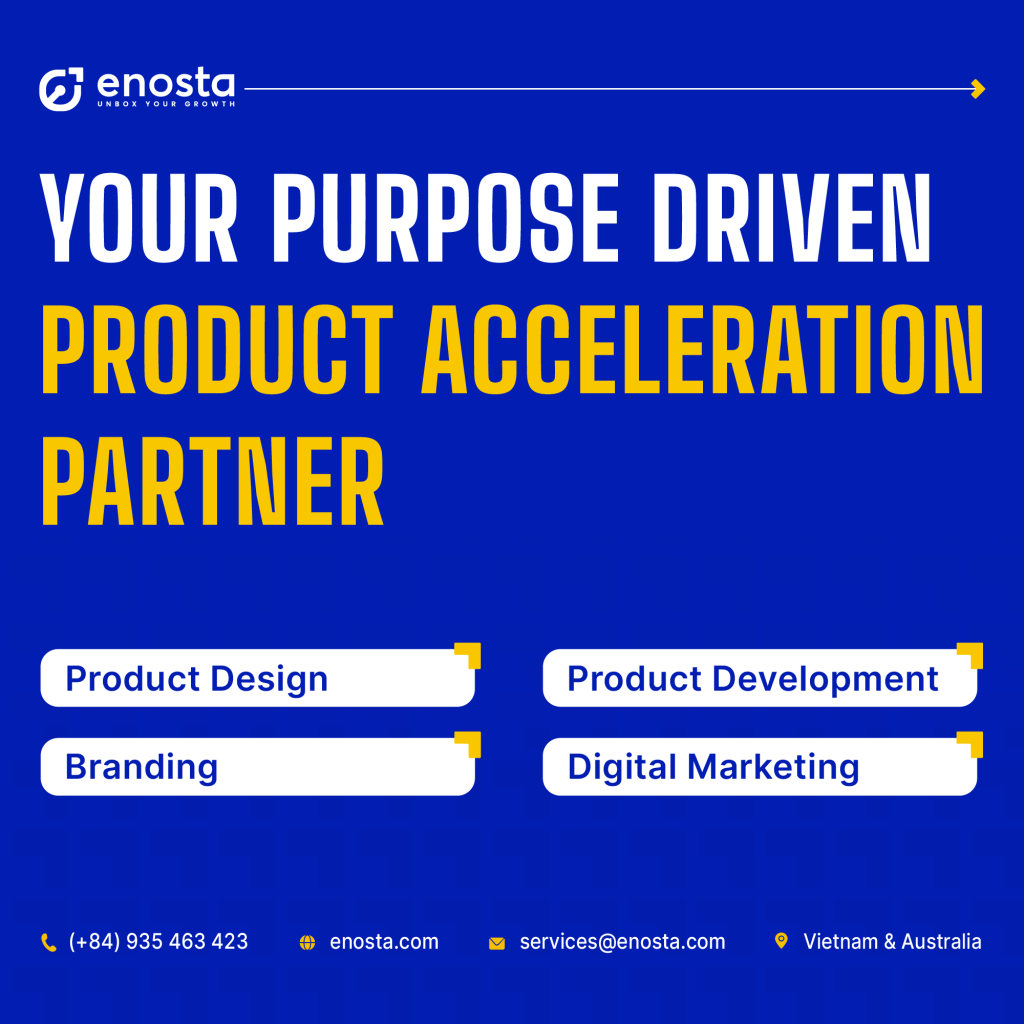
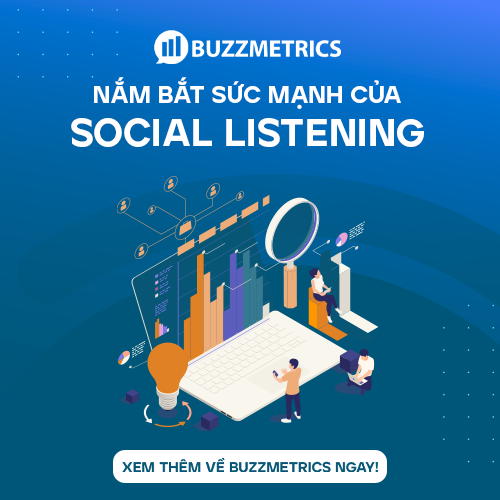
 Vietnamese
Vietnamese English
English